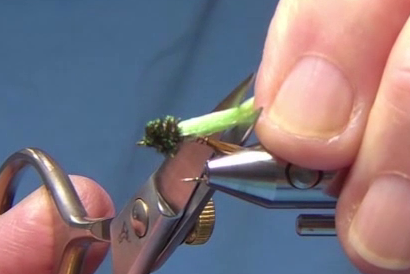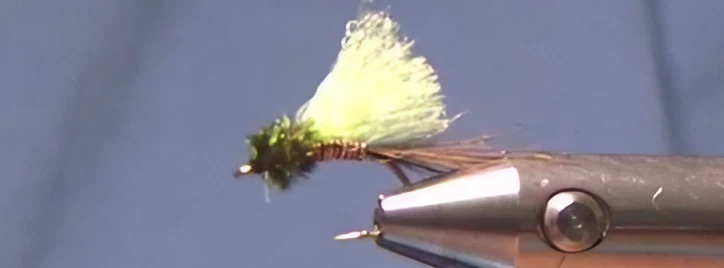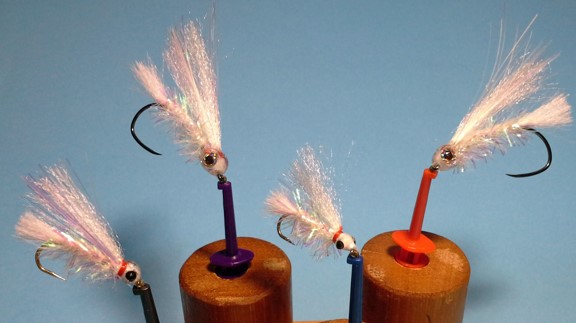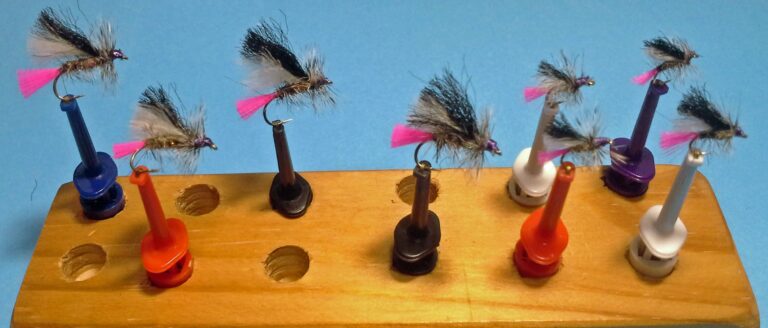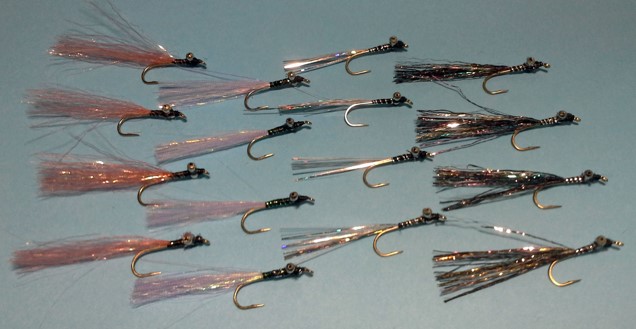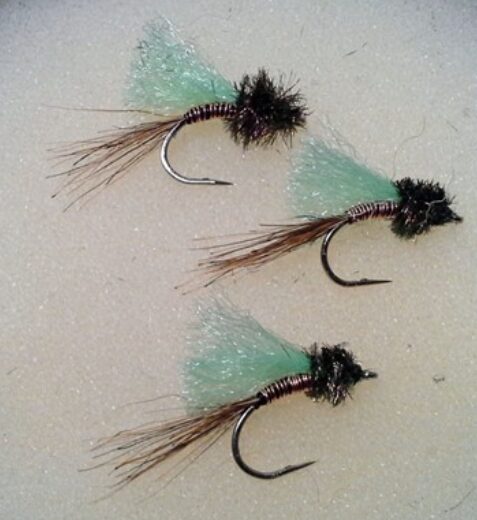
The Brassie Emerger is a remarkably easy-to-tie midge emerger, making it as enjoyable to create as it is to fish. Because of its fast-sinking capabilities, the Brassie excels at reaching the deep waters where fish are often found. Furthermore, this versatile pattern imitates both caddis and midge larvae, making it a highly effective choice for trout fishing.
In addition, the Brassie is well-suited for assembly line tying, allowing anglers to efficiently produce multiple flies in one session. Typically, anglers tie Brassies in sizes ranging from as large as 14 down to a diminutive 20, thereby accommodating various fishing conditions and preferences.
What follows is Paul Fedeles’ variant of David Curnell’s original pattern.
David Curnell started tying flies on his eighth birthday with a fly tying kit his father gave him. From that early beginning, he has advanced to become the co-owner of Willow Creek Outfitters in Sandy, Utah. Additionally, David is featured thirteen times in the Federation of Fly Fishers’ Pattern Encyclopaedia.
Materials
- Hook – 12 to 18 (I used a curved emerger hook)
- Thread – Black sheer 14/0
- Tail – Paintbrush fibres
- Body – Copper wire
- Wing – Chartreuse or white Poly Yarn
- Thorax – Peacock herl
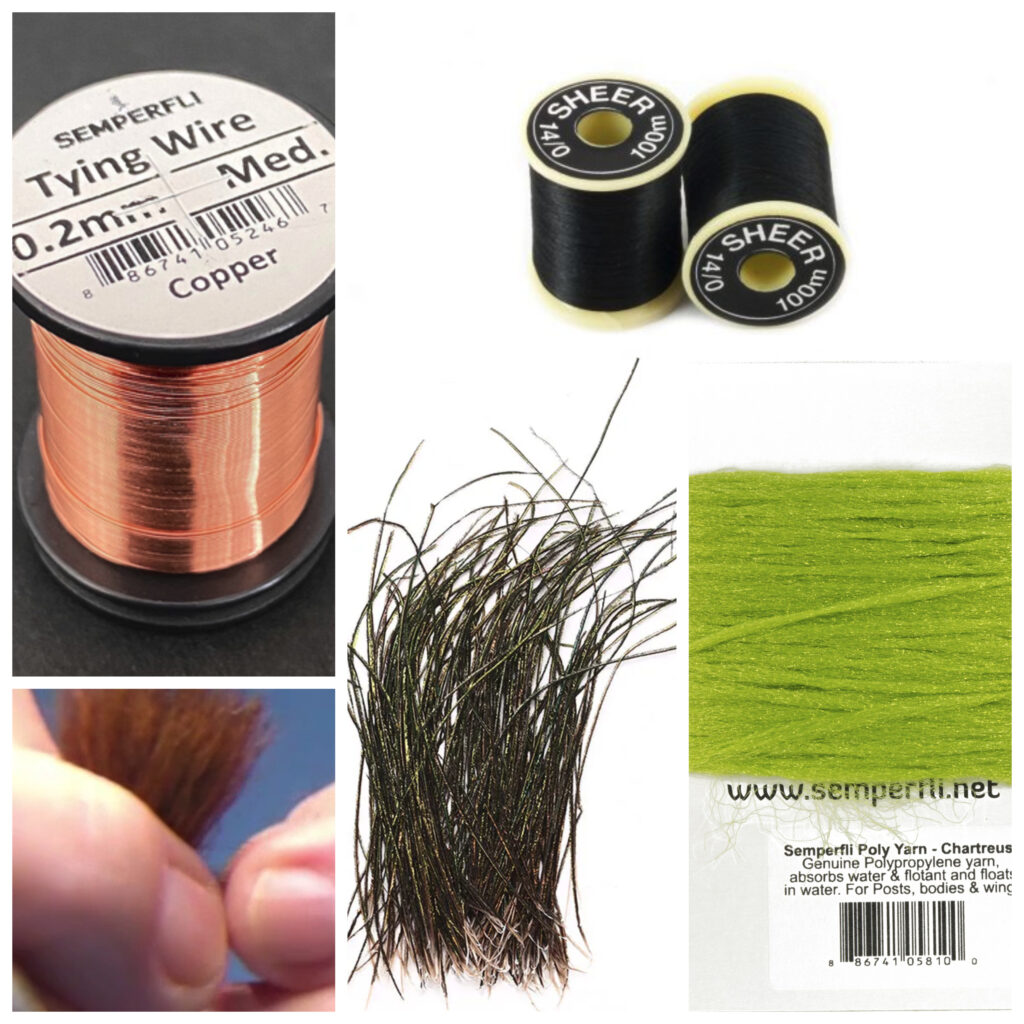
Tying Instructions
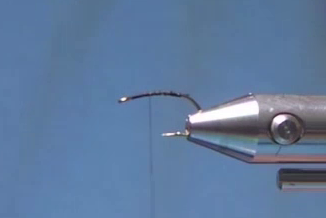
- Cover the hook with thread.
- Move the thread to the mid-point.
- Cut the fibres from the paintbrush, measure them the length of the shaft.
- Trim and tie them in at the mid-point.
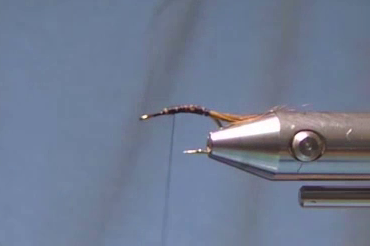
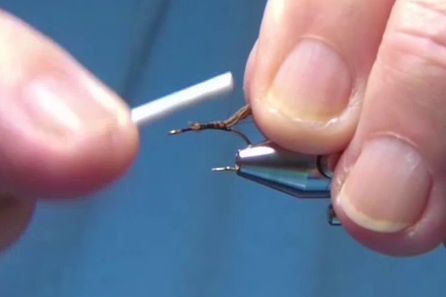
- Spin your bobbin counter-clockwise so the thread will fold over the fibres.
- Tie back to above the barb.
(The one you crushed – only barbarians use a barbed hook).
- From the starting point tie in the copper wire back to the barb.
- Leave your thread hanging – use it to help making touching wraps of the copper wire back to the starting point.
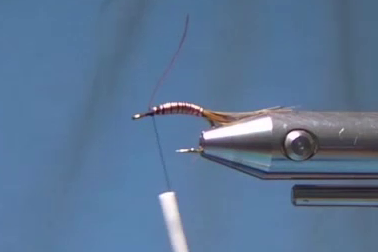
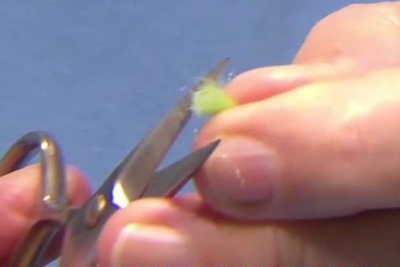
- Tie the wire off and trim with your wire scissors.
- Brush and trim Poly Yarn.
- Spin your bobbin and tie in the wing behind the eye.
- Select three or four peacock herl fibres, tie them in and make a thorax.
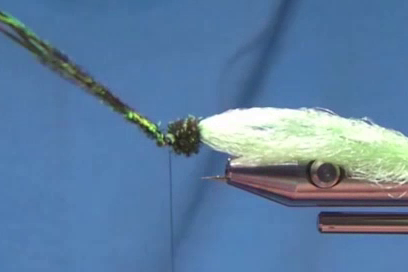
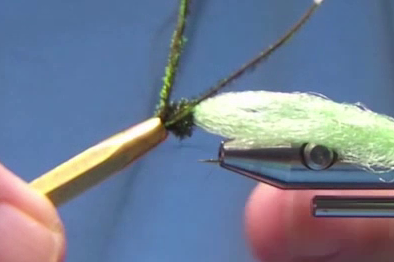
- Leave your thread hanging to keep the herl fibres together as you wrap.
- Half hitch and then double half hitch to finish the fly.
- Trim the herl and the thread.
- Trim the Poly Yarn to half the length of the tail.
Remember: Under tension the tail will shorten when it is cut.
